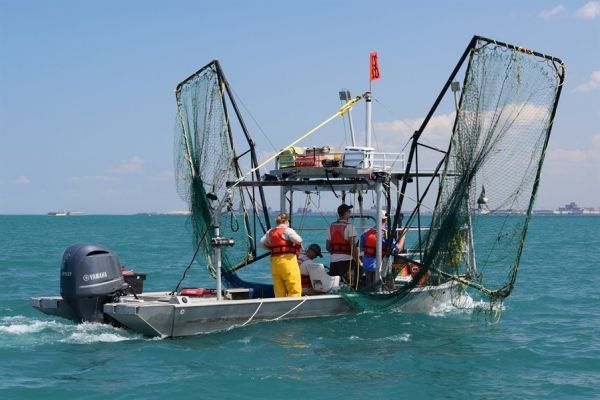New research by NOAA and partners finds that two species of invasive Asian carp -- the bighead carp and silver carp, collectively known as bigheaded carps -- could be capable of establishing populations in Saginaw Bay, Lake Huron and affecting the health of ecologically and economically important fish species such as yellow perch.
The research, appearing online in the journal Biological Invasions, is based on a new model that simulates interactions between the bigheaded carps and a range of fish species, including walleye, yellow perch, and groups lower on the food web over a time period of 50 years.
Over 180 non-indigenous aquatic species have already become established in the Great Lakes, with a handful of these producing substantial negative impacts. While bigheaded carps are established in watersheds near the Great Lakes, they have not yet become established in the Great Lakes. These plankton-feeding invasive fishes are considered a major threat to the Great Lakes because of their potential to disrupt food webs. NOAA is part of a multi-agency effort to reduce the risk of Asian carp invasion within the Great Lakes. The region is investing millions of dollars to prevent Asian carp from moving from the Mississippi River basin to the Great Lakes basin through the Chicago Area Waterway System.
Continue reading at NOAA Research
Image via NOAA Research


